The 80s and 90s were a great time for car enthusiasts. It was an era that merged old-fashioned analogue simplicity that our forefathers enjoyed, with technological advancements that improved the very mechanics of how cars worked.
I'd like to share a car that, when announced a year back; warmed the cockles of my heart. A true restomod car (restoring & modding); the Lancia Delta Integrale Futurista, conceived by Automobili Amos and its mastermind, Eugenio Amos.
Lancia Delta Integrale Futurista (2018)


The base of the Futurista is a plain, mass-produced Lancia Delta Integrale; rather than the more
exclusive and cherished Lancia Delta Integrale Evoluzione. Once you have that, simply replace over 1000 components, remove excess weight, then add more power.
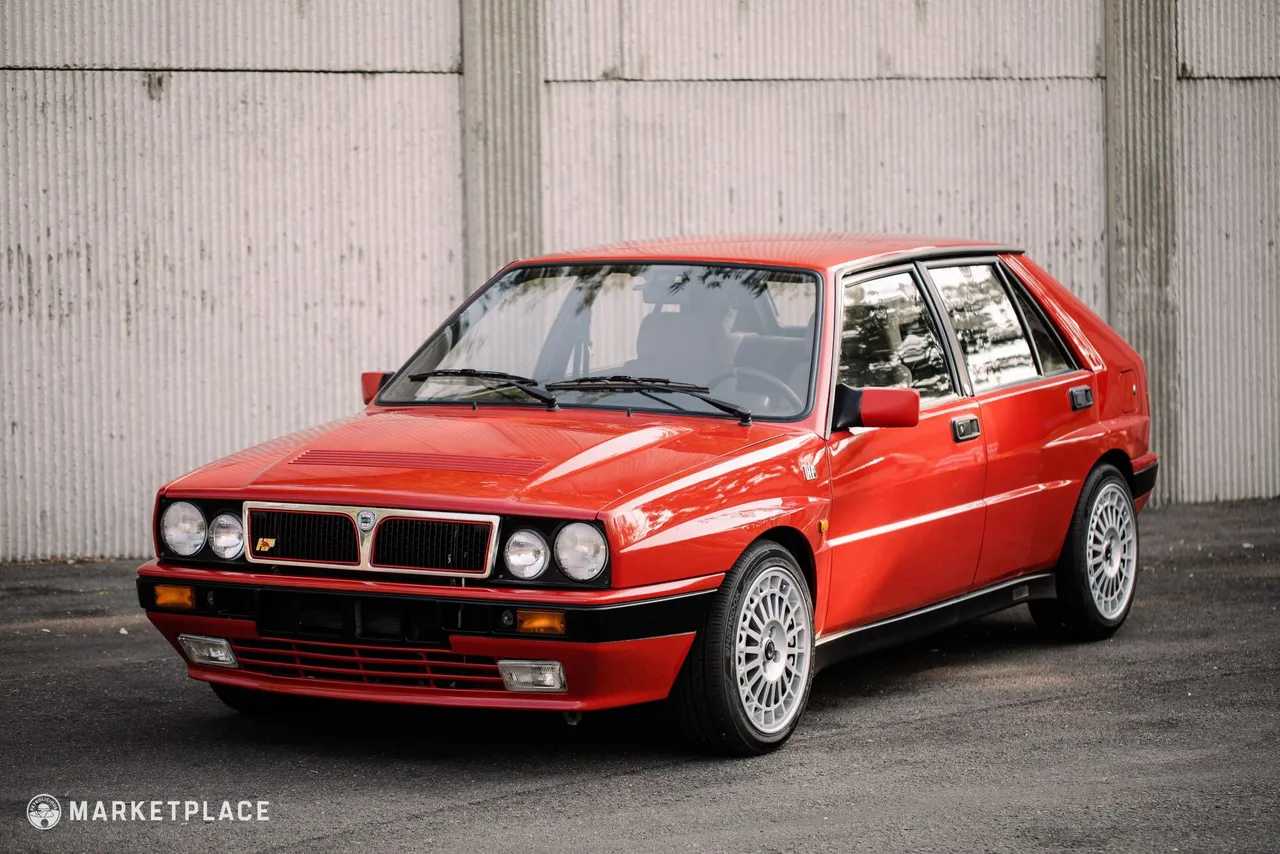
And Eureka! - you have a car that embodies the emotions of old Italian race cars, but improved further with modern, high-tech engineering.
"Well, this car means a lot to me. It represents my romantic vision in a world that is too aseptic, too fast, that runs like the wind, superficial and intangible."
It's really a blend of all things Italian, as quoted by TopGear; Brembo brakes, Magnetic Marelli electrics, Milanese design, and Turinese mechanicals.
The regular practicality of 4-doors had been forgone, for the sake of a more sultry 2-door design, though there are still backseats. The stance of the car is then widened and lowered, giving it that muscular look.
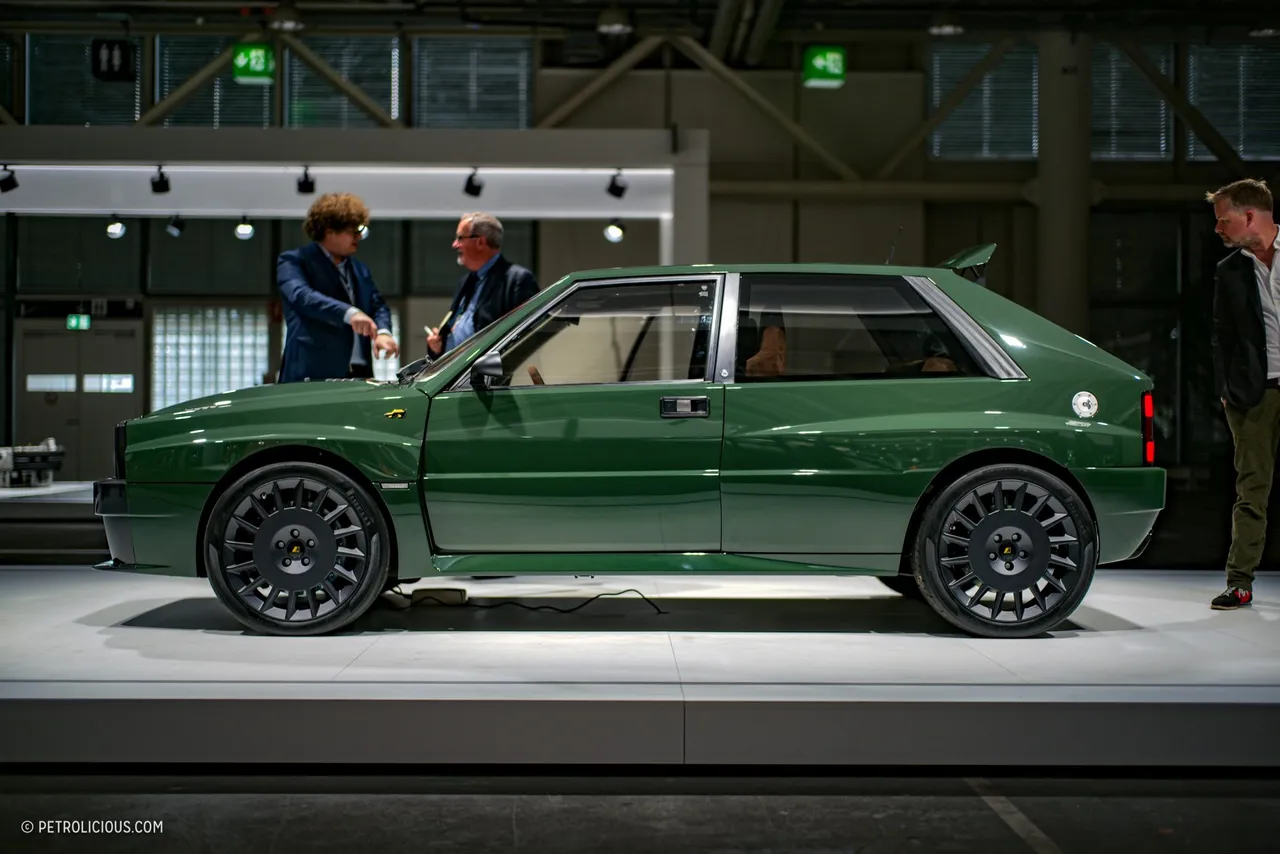
The Futurista's bodywork is made out of hand-beaten aluminium; thus adding rust-resistance as a marked improvement over the original Integrales. Then, the bonnet (hood for you Americans), bumpers, front/rear fascia, engine cover, and rear-hatch; are all made of carbon-fibre to save weight.
Overall, 200 pounds of weight had been removed from the base car; resulting in the Futurista only weighing about 2755 pounds (1255kg).
Interior-wise, the makeover continues. Gone are the old, worn 80s fabrics, and entirely replaced by Italian made Alcantara. This covers most of the interior-lining including, but not limited to; the Recaro front bucket seats, rear bench seats, the gear-lever cover, and the custom steering wheel (looks like Momo?).
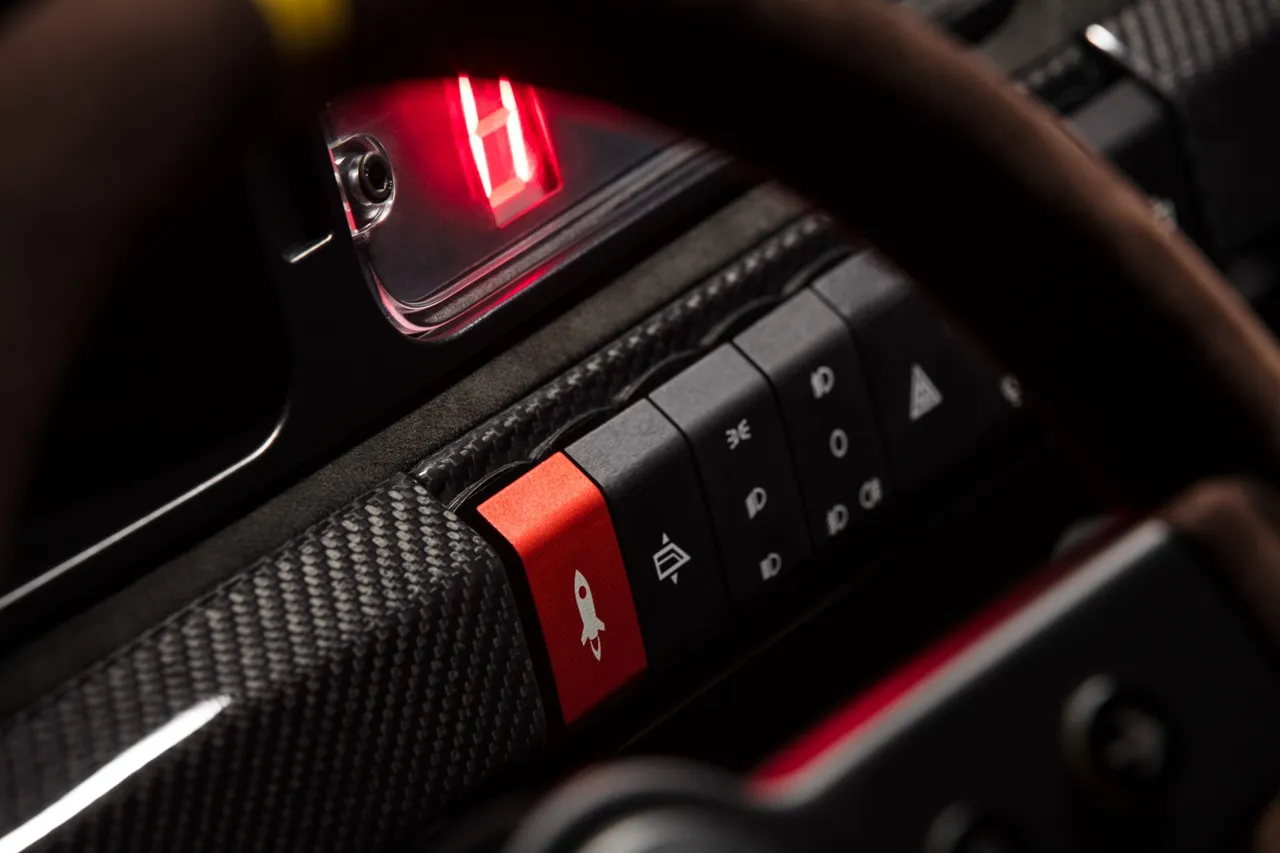
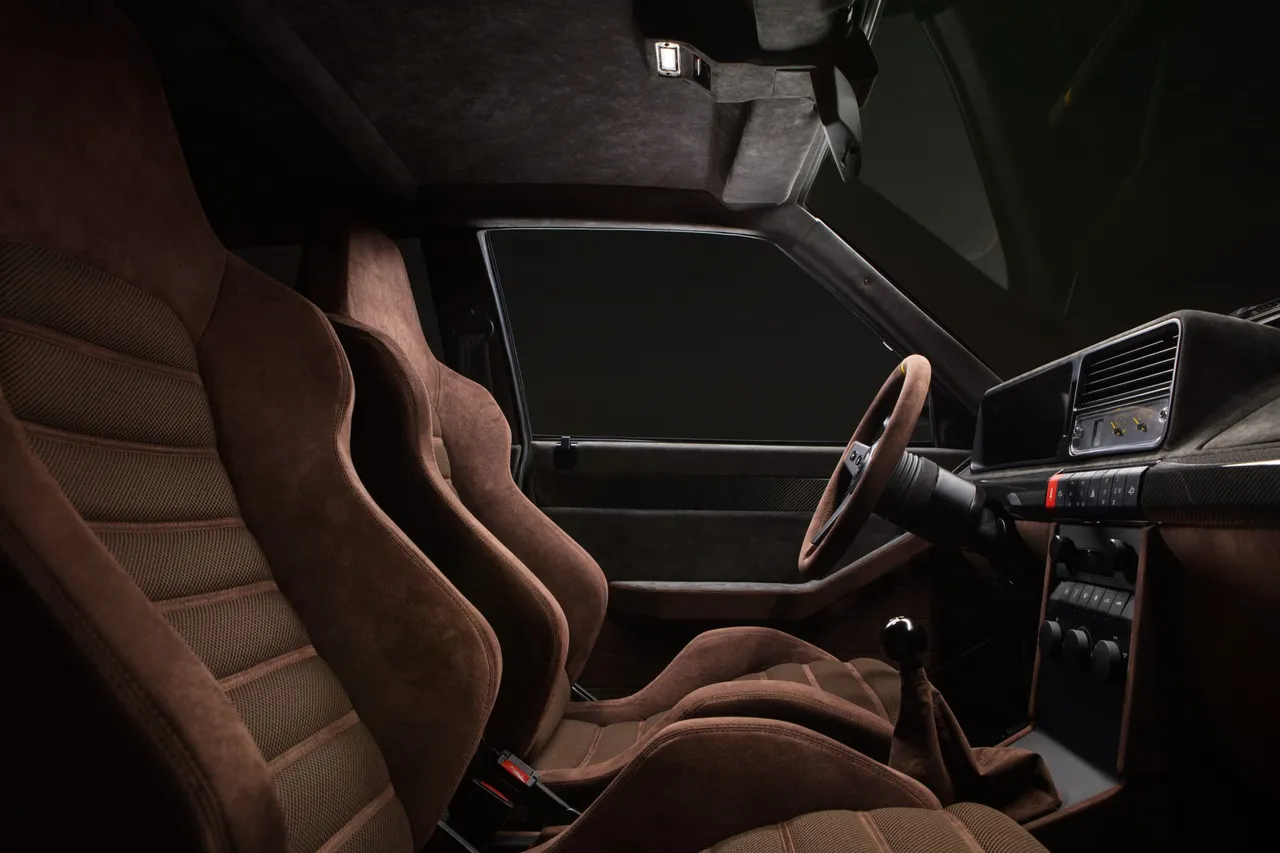
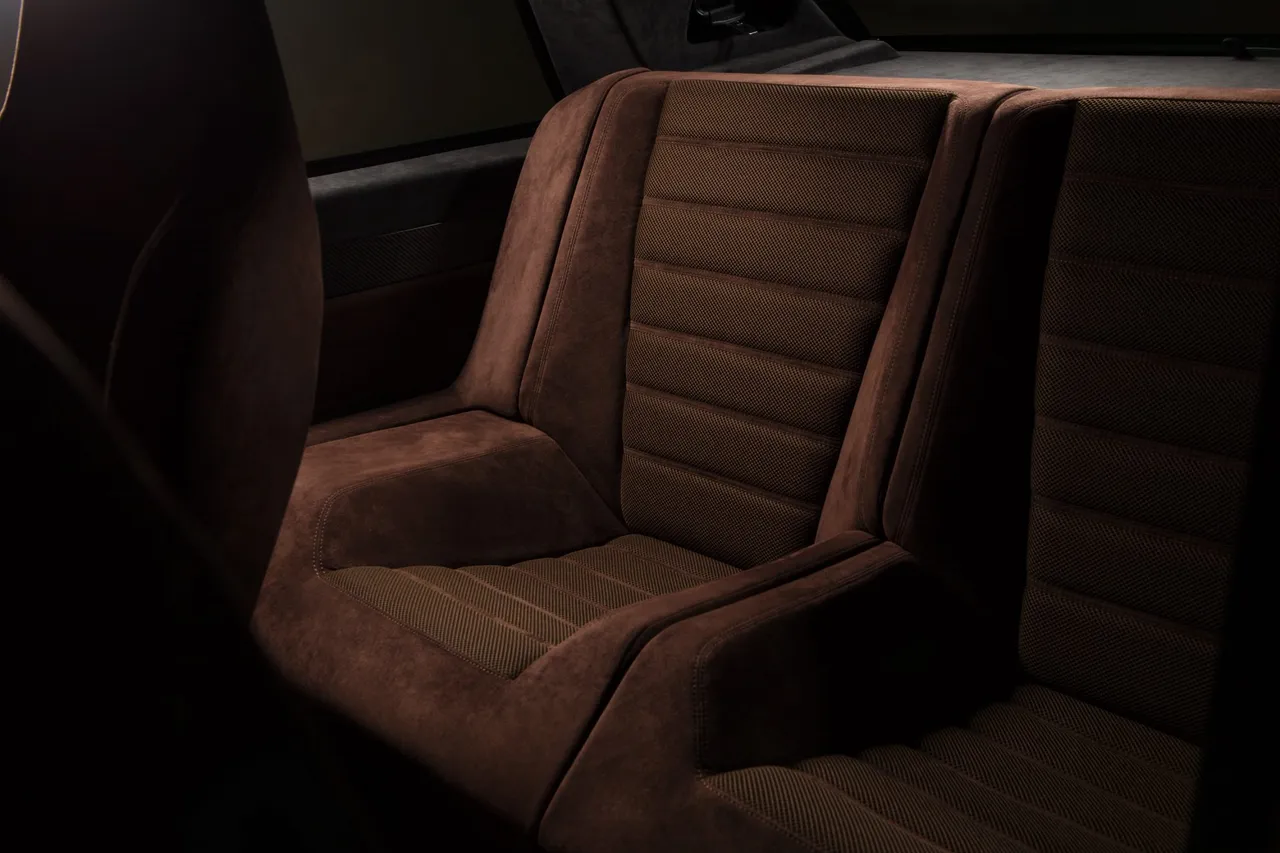
The other big changes made by Amos, happens to be under the skin. The original 2.0 turbocharged-inline 4-cylinder has been tuned to produce 330 hp with help from Autotechnica, up from about 200 hp in the original Integrale.
The differential and transmission have also been updated, with the transmission tunnel made out of carbon-fibre, further contributing to the weight savings. Furthermore, the suspension was also tuned by Automobili Amos to bias more towards oversteer, rather than understeer (which is common with 4WD cars); to make sliding sideways easier.
"This car means that I had enough of the car world, both as a client before and as a manufacturer now."
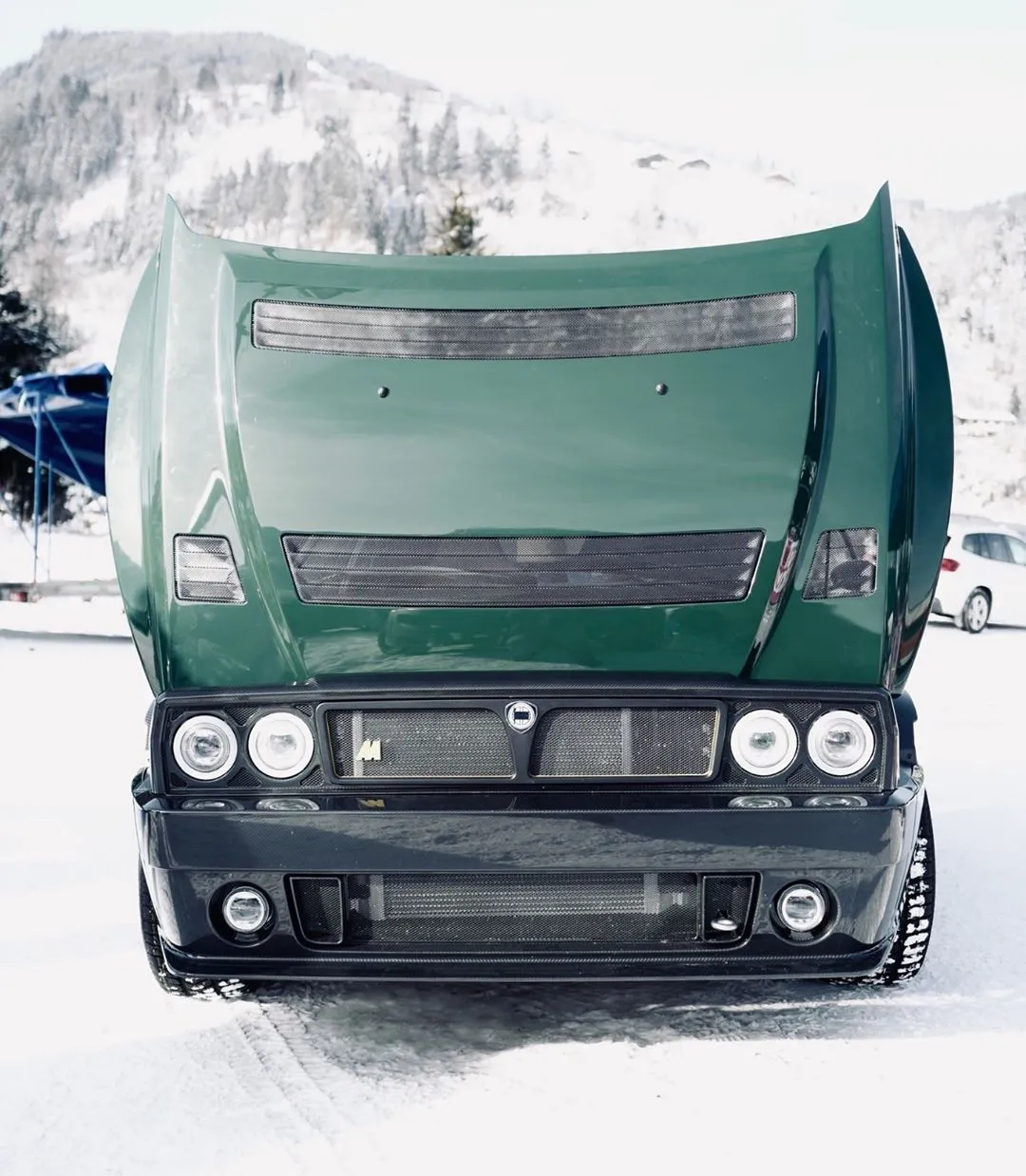
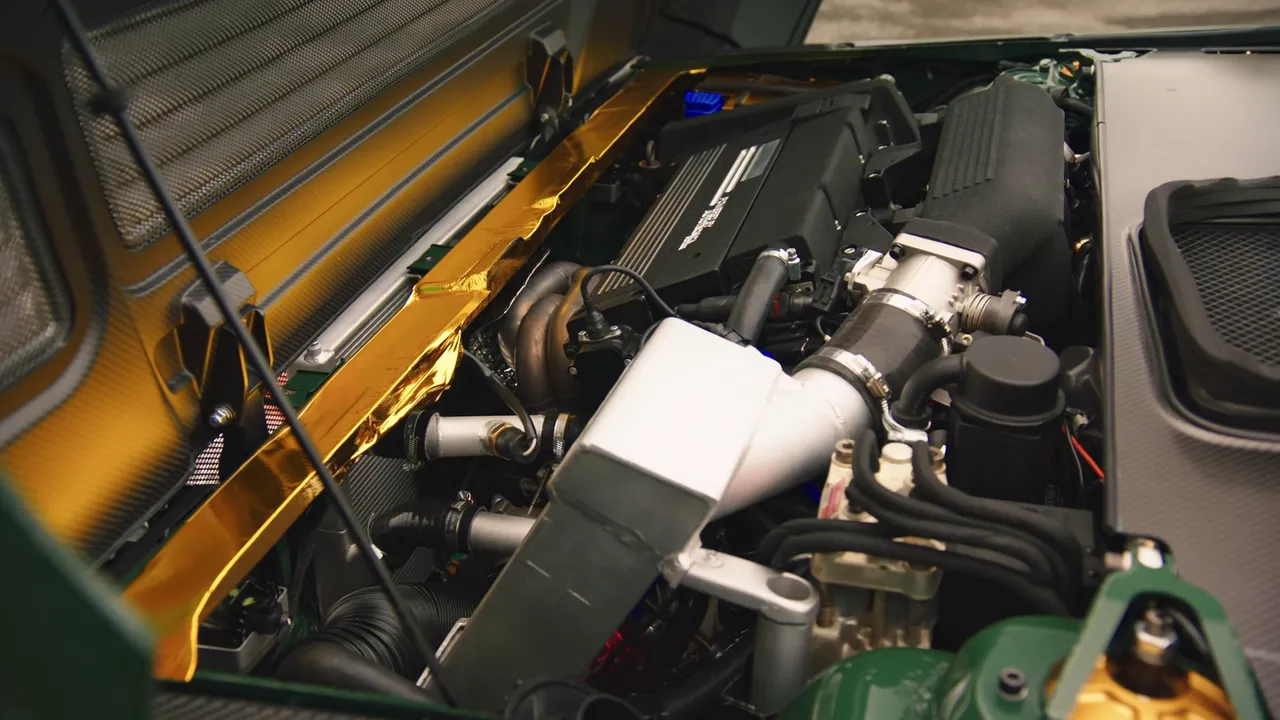
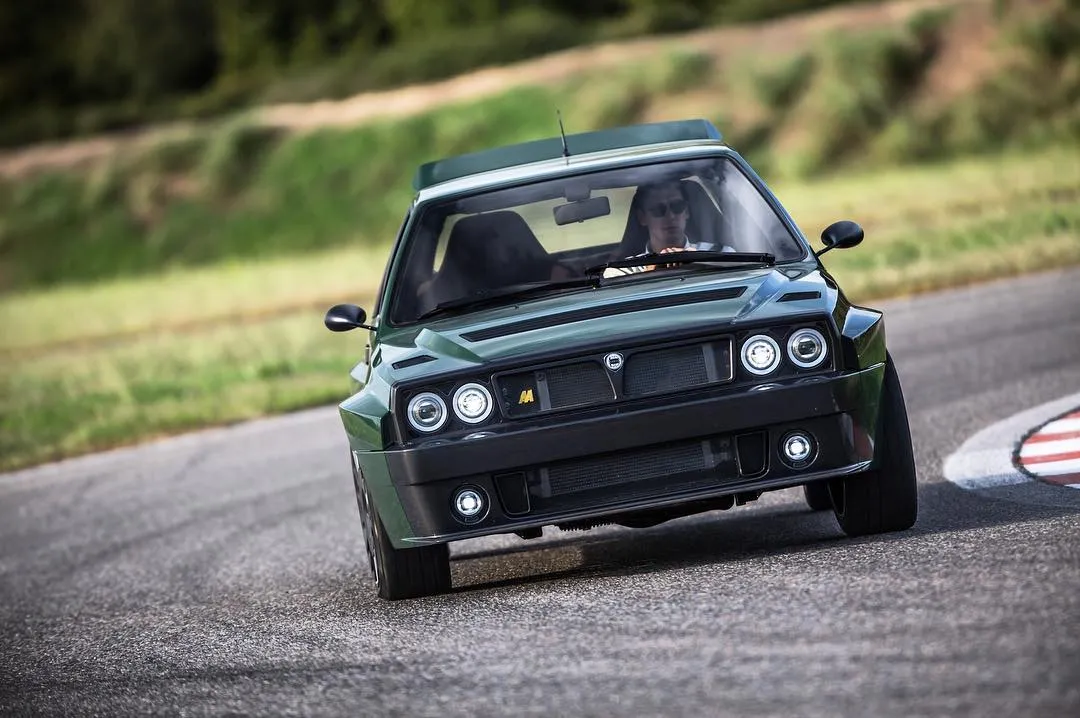
All in all, I do think that the Futurista is a fantastic creation. I'm sure it's as wonderful to drive, as it is beautiful to look at. But more importantly, it's the ideal that it embodies, which makes the Futurista all the more special.
"I long for a bygone, idealised time when men, values and substance were at the core of the product. Therefore this car is pure, analogic, raw and essential."
Eugenio Amos, racing driver, founder of Automobili Amos
It presents itself as an antithesis to the modern car industry. Where fast, exciting cars have become safe and easy to drive; where the sense of engagement, which makes driving an emotional occasion, seemingly amiss.
I do wish Automobili Amos all the best for their next creation, and hope that more carmakers take inspiration from them - on how to build proper cars for proper enthusiasts.
Credits to: Car Magazine, AutoBlog, Petrolicious, Jalopnik
